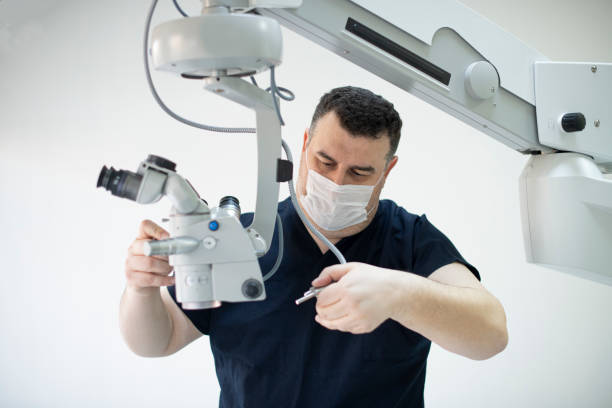You might wonder why that stubborn belly fat isn’t budging, even with all those crunches. But did you know that belly fat isn’t just about aesthetics? It’s closely connected to your overall health.
Let’s demystify this! There are two main types of belly fat: visceral and subcutaneous. And yes, everyone, regardless of body shape, has belly fat.
Unmasking the Types of Belly Fat
- Visceral Fat:Hidden and nestled deep around your organs, visceral fat is more than a mere nuisance. It’s dangerous.
- Subcutaneous Fat:Ever tried pinching your belly? That’s subcutaneous fat. It’s what sits between your skin and muscles.
Factors Contributing to Belly Fat
Belly fat, often deemed as unflattering, goes beyond mere aesthetics. The accumulation in this region can be an indicator of underlying health issues. But have you ever paused to consider why it’s there? Various factors contribute to the buildup of belly fat. Let’s explore them in depth.
Genetics: Is it in your DNA?
Just as your genes determine your hair and eye color, they can also influence how and where your body stores fat. If your parents or grandparents had excess belly fat, you might also be predisposed to carry weight in your midsection. Genetic factors influence your metabolism, affecting how efficiently your body burns calories.
Age: How It Plays a Role
As you age, your metabolism tends to slow down, making it easier to gain weight, especially around the belly. Aging can result in a loss of muscle mass. Since muscles are crucial in burning calories, decreasing muscle mass can lead to weight gain.
Menopause, in particular, can cause a shift in where the body stores fat, often leading it straight to the belly.
Hormones: The Sneaky Culprits
Known as the “stress hormone,” elevated cortisol levels, often due to chronic stress, can promote belly fat storage. Prolonged stress can lead to overeating and cravings, pushing the weight to the midsection.
This hormone is vital for blood sugar control. When the body becomes resistant to insulin, it can lead to weight gain and, specifically, an increase in belly fat.
Diet: The Connection Between Sugar and Belly Fat
Consuming foods and drinks high in sugar can lead to an increase in belly fat. Fructose, a type of sugar, has been particularly linked to increased visceral belly fat.
These unhealthy dietary choices are notorious for contributing to weight gain, especially in the belly area.
Stress: More Than Just an Emotional Toll
Many people resort to comfort foods when they’re feeling stressed or anxious. These foods are typically high in sugar, unhealthy fats, and calories. Chronic stress can also disrupt your sleep patterns. Poor sleep, in turn, can lead to weight gain and an increase in belly fat.
In summary, the development of belly fat is a multifaceted process influenced by genetics, age, hormones, diet, and stress.
Understanding these factors can provide a roadmap to effectively tackle and manage belly fat. Remember, it’s always a good idea to consult with health professionals or nutritionists when making significant changes to your diet or lifestyle.
How To Choose The Right Surgeon For A Tummy Tuck In Turkey?
Choosing the right surgeon for a tummy tuck (abdominoplasty) in Turkey or anywhere else is a significant decision that can impact your health and satisfaction with the procedure’s results. Here’s a comprehensive guide to help you make an informed choice:
Research and Recommendations
Start by asking friends, family, or acquaintances who might have undergone a similar procedure in Turkey.
Platforms like RealSelf, Google Reviews, or health forums can provide insights into patients’ experiences with specific surgeons.
Check Qualifications
Ensure the surgeon is board-certified in plastic surgery by the Turkish Society of Plastic Reconstructive and Aesthetic Surgeons or an internationally recognized association.
Ask how many tummy tucks the surgeon has performed and how frequently they carry out the procedure.
Look at Before-and-After Photos
Reviewing a surgeon’s portfolio can provide a sense of their aesthetic style and the quality of their results.
Facility Accreditation
Ensure the surgery will be conducted in an accredited hospital or medical facility, meeting high standards of safety and care.
Consultation
The surgeon should listen to your concerns and expectations and provide a realistic overview of the potential outcomes and risks.
A good surgeon will explain the procedure in detail, discussing the type of anesthesia, incision sites, recovery time, and potential complications.
Cost Considerations
While Turkey is known for its affordable medical tourism, remember that quality should not be compromised for tummy tuck Turkey cost. The cheapest option might only sometimes be the best.
Ensure the quoted price includes all fees, such as the surgeon’s fee, anesthesia, hospital charges, and potential follow-up procedures.
Consider Language Barriers
Communication is vital. If you don’t speak Turkish, ensure the surgeon or the medical staff can communicate effectively in a language you’re comfortable with.
Aftercare Services
Some clinics offer aftercare services or packages, ensuring patients are well taken care of post-surgery, which can be crucial for recovery and overall satisfaction.
Travel Arrangements
Look for clinics or agencies to assist with travel arrangements, as navigating a foreign country post-surgery can be daunting.
Lastly, while tummy tuck in Turkey price is affordable, it’s essential to prioritize safety and quality over cost. Your health and satisfaction with the results are paramount.
Your journey to a flatter belly and a healthier you isn’t a sprint; it’s a marathon. Celebrate each step, and remember, it’s all about long-term commitment!



